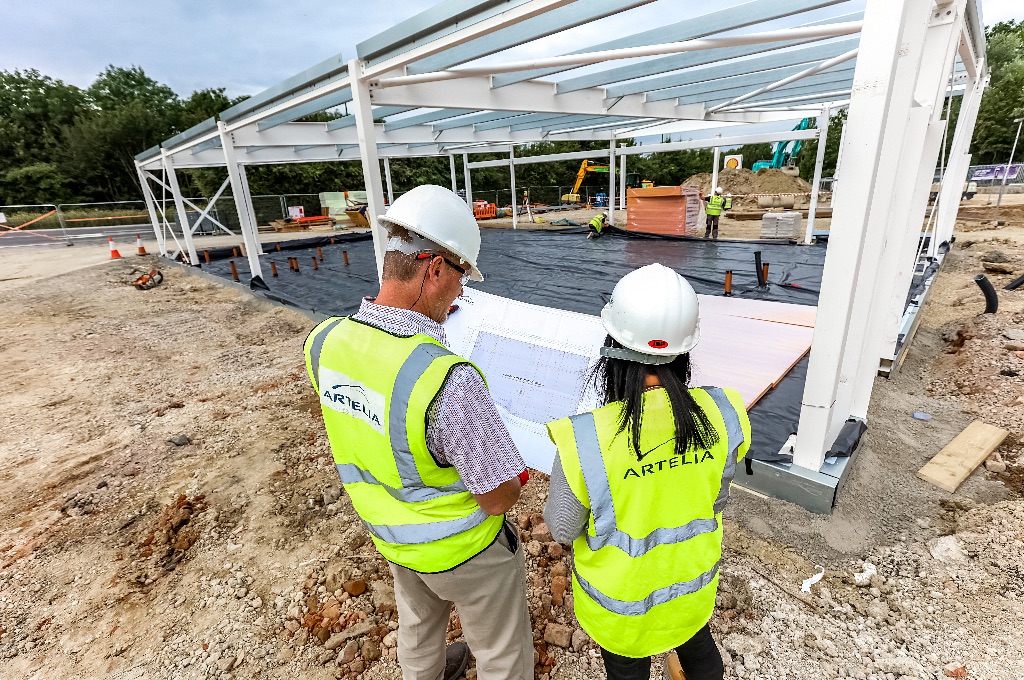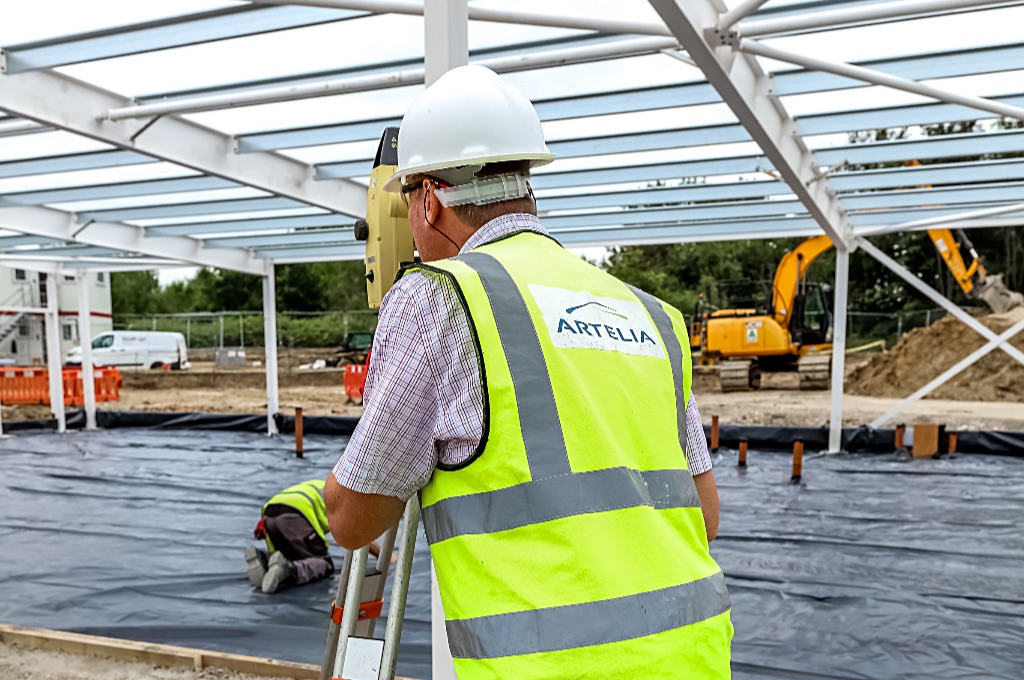It’s easy to think that setting up a charging hub is easy. Sure, you need to put the points in the ground, but then you just need to wire them up to the grid and you are up and running, right? The reality is a lot more complicated and there are plenty of hoops to jump through before operators such as Shell Recharge can get power to the public.
We spoke to the Shell Recharge engineering team to look at the challenges and triumphs of bringing reliable charging to drivers across the country.
Who has to be involved when connecting charge points at a typical service station?
Shell Recharge - and any other Chargepoint Network Operator wanting to expand – has to work with several other organisations to get new charge points in the ground. The most important collaborator is probably the District Network Operator (DNO) who provides the power to the grid – they are like the wholesalers of the energy, if you like, and look after the infrastructure. There are seven of them in the UK.
Then there is often a landlord involved if the site isn’t owned by the charge point operator, so they’ll need to give permission as it is their land. You will also need to employ an accredited construction company which is allowed to build new parts of the grid network – these are called Independent Connection Providers, or ICPs. And, of course, you need the Local Authority to agree planning and street work permissions, and often the highways agency too if it will affect access or traffic. There will also be contractors and consultants for planning, noise, ecology, lighting, and architecture. All this is managed internally at Shell by management teams.

Are power upgrades necessary for high voltage charge points?
Absolutely. The High Voltage charge points at Shell’s service stations need to be supplying several cars at once and drivers expect fast speeds. That means they need their own substation and other infrastructure upgrades as they will draw as much power as a small town.
If there is not enough power supplied to the area it means the DNO has to get legal authorisations and permissions, before the ICP can make the local connection. It usually takes a couple of years for these connections to come online as a result. Unsurprisingly demand for power upgrades like these has grown exponentially over the last five years, which has led to more delays in applications.
What are the most challenging aspects of installing a charge point?
Safety is obviously the number one priority, but it is especially important on a forecourt where fuel is also being dispensed alongside the chargepoints. In addition to the legal approvals needed, sometimes there are planning conditions that need to be met too, which can delay a programme and add cost.
That’s before you even start digging. Like any building works, there are often unforeseen issues like old fuel tanks underground at service stations or utility pipes that aren’t on any records.
The timing of road works has to be planned too. There have been instances where local authorities want to wait until the grass has been cut on a route before the digging starts, or for the school holidays when roads are less busy at rush hour.

How long does it typically take to get a charge point in the ground?
There is no set time as there are so many different factors and people involved. It can vary significantly based on key influences from the DNO, planning, and legal teams, but it can be anything from six months from when the site is chosen up to three years until the first car is plugged in. The requirements of a DNO to do the power upgrade can vary by area even if it’s the same operator. More consistency would help!
Three years is crazy! Does installing charge points ever go more smoothly?
It can! If the site is owned by the installer, there is a good connection to suitable power from the DNO just outside the site boundary and there are no connection issues, then it can be quick. Oh, and you need the local authorities to give permission in a few weeks without conditions and there are no unforeseen underground issues like communications and utility cables. But these instances are rare!

Charging forward
Despite these challenges, Shell’s charging network continues to grow. Every new charge point is a testament to the dedication and collaboration of countless stakeholders. The road may be long, but the destination –an electrified Britain - is well worth the journey.
For the latest on Shell Recharge’s network, visit Shell Recharge's site here.
 It can take up to three years to get to this point
It can take up to three years to get to this point 









